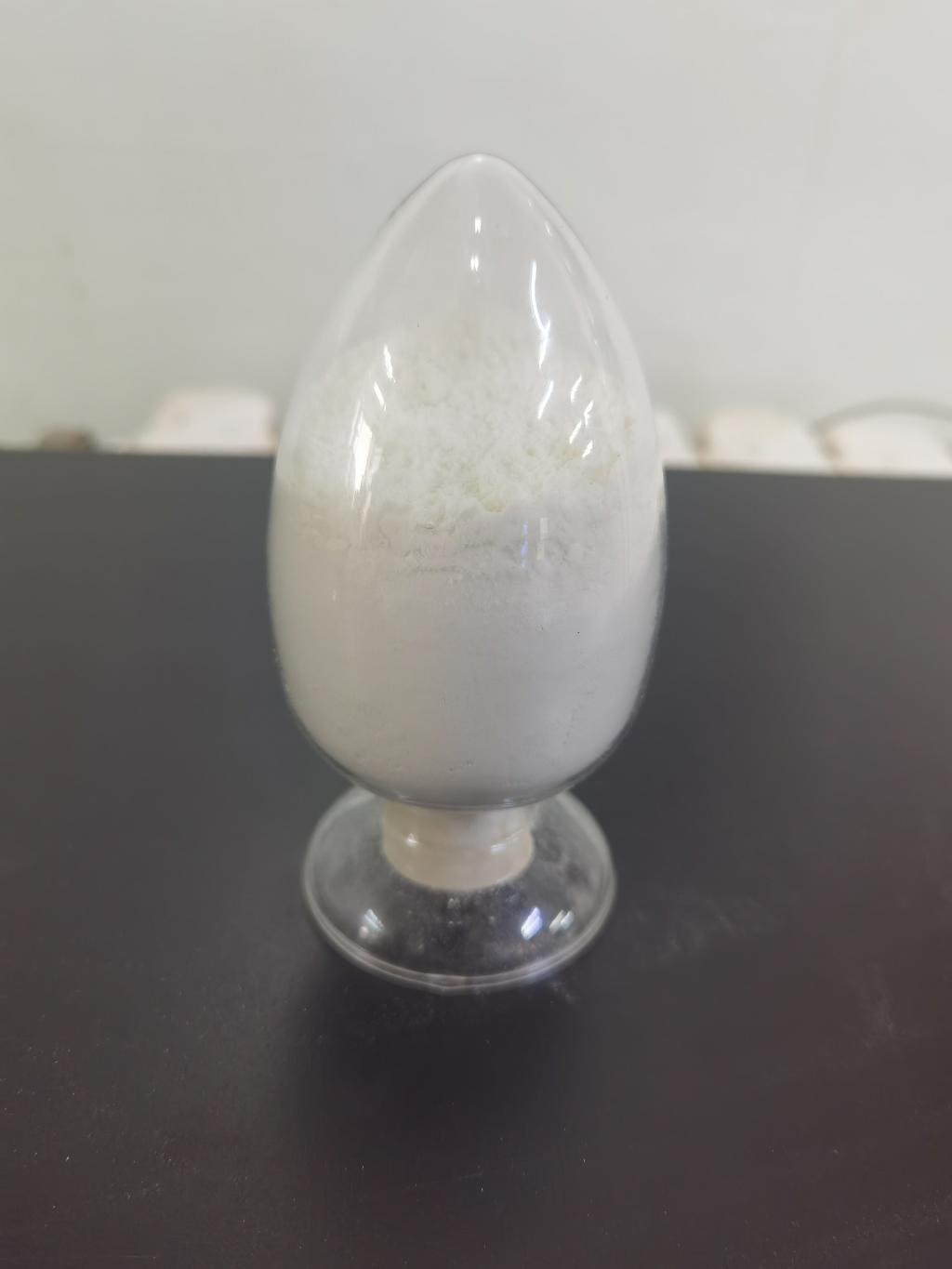Tel:+8618231198596

News
 CONTACT
CONTACT
 CONTACT
CONTACT
- Linkman:Linda Yao
- Tel: +8618231198596
- Email:linda.yao@dcpharma.cn
- Linkman:CHARLES.WANG
- Department:Overseas
- Tel: 0086 0311-85537378 0086 0311-85539701
News
Sustainable Textile Industry Practices: ε-Polylysine Hydrochloride as a Preservation Agent
TIME:2024-01-22
1. Introduction:
The textile industry, known for its significant ecological footprint, is undergoing a paradigm shift towards sustainable practices. This article introduces ε-polylysine hydrochloride as a potential game-changer in the industry's quest for sustainability. By focusing on its role as a preservation agent, we explore how ε-polylysine hydrochloride can contribute to reducing environmental impact and promoting eco-friendly textile production.
2. The Need for Sustainable Practices in the Textile Industry:
The textile industry has long been associated with environmental challenges, from water pollution to excessive chemical use. This section provides an overview of the environmental issues plaguing the textile sector and highlights the urgency for sustainable practices. The discussion sets the stage for exploring ε-polylysine hydrochloride as a potential solution to address preservation challenges sustainably.
3. ε-Polylysine Hydrochloride: An Overview:
This section offers a comprehensive introduction to ε-polylysine hydrochloride, detailing its structure, production methods, and historical applications. As a naturally derived antimicrobial compound, ε-polylysine hydrochloride possesses unique properties that make it an attractive alternative to traditional chemical preservatives in the textile industry.
4. Antimicrobial Properties and Mechanism of Action:
Understanding the antimicrobial properties of ε-polylysine hydrochloride is crucial for its application in the textile industry. This section explores how ε-polylysine hydrochloride inhibits microbial growth and prevents deterioration of textiles. The discussion delves into its mechanism of action, emphasizing its efficacy against a spectrum of microorganisms commonly encountered in textile manufacturing.
5. Applications in Textile Preservation:
The primary focus of this article is on ε-polylysine hydrochloride's applications as a preservation agent in the textile industry. From yarn treatment to fabric finishing, the article explores various stages of the textile production process where ε-polylysine hydrochloride can replace or complement traditional chemical preservatives. Case studies and experimental findings will be discussed to illustrate its effectiveness.
6. Eco-Friendly Characteristics:
One of the key advantages of ε-polylysine hydrochloride lies in its eco-friendly characteristics. This section explores how the use of ε-polylysine hydrochloride aligns with the principles of sustainability in the textile industry. From biodegradability to reduced water and energy consumption, the article highlights the environmental benefits that make ε-polylysine hydrochloride a compelling choice for preservation in textiles.
7. Comparative Analysis with Traditional Preservatives:
To assess the viability of ε-polylysine hydrochloride in textile preservation, this section conducts a comparative analysis with traditional chemical preservatives. Comparisons will be made based on efficacy, environmental impact, and potential health concerns associated with the use of traditional preservatives. Understanding how ε-polylysine hydrochloride compares to conventional methods is crucial for its adoption in the industry.
8. Textile Quality and Performance:
Preservation agents play a vital role in maintaining the quality and performance of textiles. This section examines how the use of ε-polylysine hydrochloride influences textile properties, including color retention, tensile strength, and durability. Insights into its impact on the overall performance of textiles will be discussed, addressing concerns related to potential alterations in material characteristics.
9. Challenges and Considerations:
While ε-polylysine hydrochloride shows promise as a preservation agent in the textile industry, challenges and considerations must be addressed. This section discusses potential hurdles such as cost implications, regulatory frameworks, and industry acceptance. Acknowledging and overcoming these challenges is crucial for the successful integration of ε-polylysine hydrochloride into sustainable textile manufacturing practices.
10. Future Directions and Innovation:
As the textile industry continues its journey towards sustainability, this section explores future directions and potential innovations in the use of ε-polylysine hydrochloride. From advancements in application techniques to exploring its role in emerging textile technologies, the article provides insights into the evolving landscape of sustainable textile preservation.
11. Conclusion:
In conclusion, ε-polylysine hydrochloride stands as a promising preservation agent for the textile industry, offering a sustainable alternative to traditional chemical preservatives. This article provides a comprehensive exploration of its antimicrobial properties, applications in textile preservation, eco-friendly characteristics, and its potential to shape the future of sustainable textile manufacturing. As the industry strives for environmentally conscious practices, ε-polylysine hydrochloride emerges as a valuable tool in fostering a more sustainable and responsible approach to textile production.
- Tel:+8618231198596
- Whatsapp:18231198596
- Chat With Skype







